NEWS
Explore Arizona’s Legacy: 22 Historical Facts That Define the State
Published
4 months agoon

Shutterstock
Arizona is a land of contrasts, where ancient traditions meet modern innovation and rugged deserts give way to lush pine forests. While its iconic Grand Canyon often steals the spotlight, the state’s rich history is filled with fascinating tales and little-known facts waiting to be discovered. Its unique blend of Native American heritage, mining booms, and mythical treasures weaves a tapestry of intrigue unlike anywhere else.
Whether you’re drawn by its mysteries or captivated by its natural beauty, Arizona is a treasure trove of historical surprises.
The “Copper State” Legacy
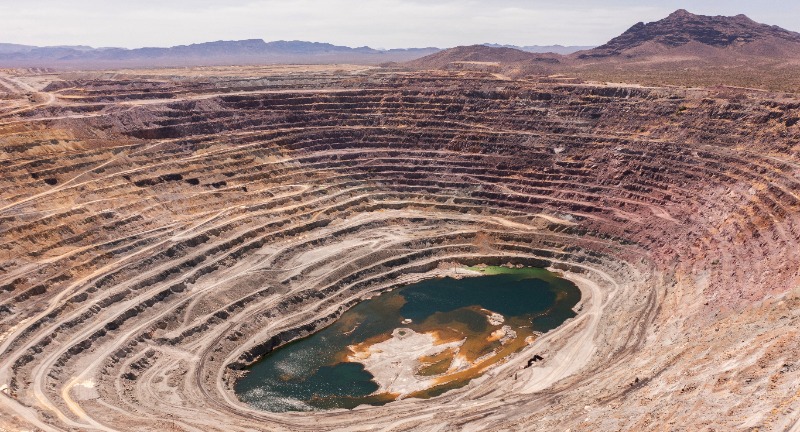
Shutterstock
Arizona’s nickname as the “Copper State” is no accident; it has been a major source of copper since the late 19th century. At its peak, Arizona was producing over 60% of the nation’s copper, crucial for industrialization and the expansion of electricity. Even today, Arizona’s vast copper mines remain among the largest in the world. The state’s history is deeply intertwined with mining, leaving behind ghost towns and iconic landmarks.
The Lost Dutchman’s Gold Mine
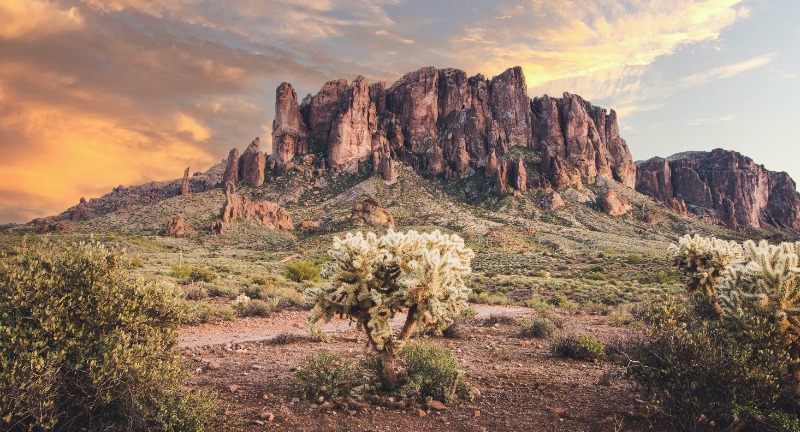
Shutterstock
Legend has it that a German immigrant, Jacob Waltz, discovered a massive gold mine in the Superstition Mountains in the late 1800s. The treasure’s exact location was never revealed, and Waltz took the secret to his grave, sparking a centuries-long treasure hunt. Many have ventured into the rugged desert, drawn by tales of hidden riches, but few have returned with anything more than scratches. The Lost Dutchman’s Gold Mine remains one of the most famous legends of the American Southwest.
Statehood Delayed by Valentine’s Day
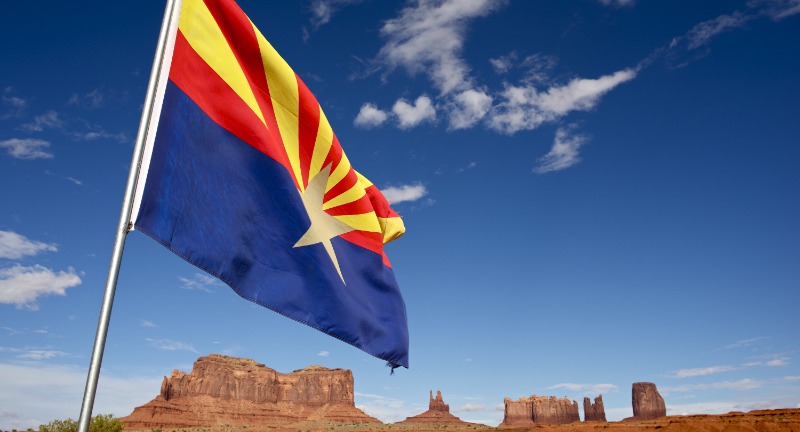
Shutterstock
Arizona officially became the 48th state on February 14, 1912, earning it the nickname the “Valentine State.” However, its admission to the Union was not without delay; Congress postponed statehood for political reasons before settling on the romantic date. The timing symbolized new beginnings and growth for the once wild and untamed territory. Today, Arizona’s statehood anniversary is celebrated alongside Valentine’s Day with pride.
Home to the World’s Oldest Rodeo
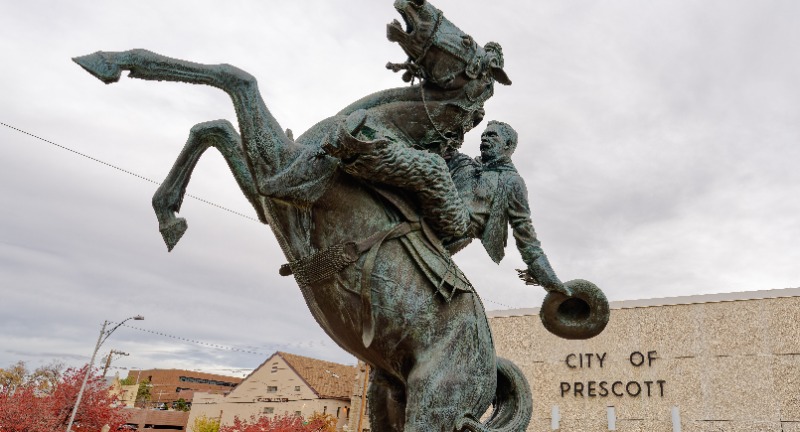
Shutterstock
The Prescott Rodeo, started in 1888, holds the distinction of being the oldest continuously running rodeo in the world. It began as a small gathering of cowboys showing off their skills and has evolved into an annual event drawing thousands of visitors. The rodeo celebrates Arizona’s cowboy culture with traditional events like bull riding, bronc busting, and barrel racing. Prescott’s rodeo grounds serve as a testament to the enduring legacy of the Old West.
The Tombstone Shootout
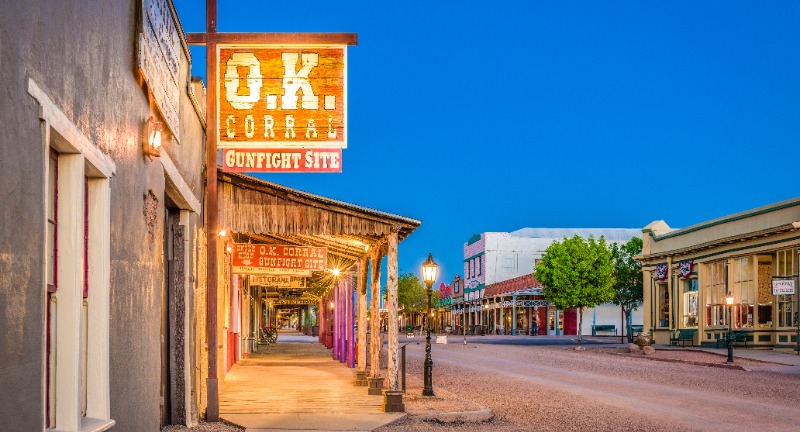
Shutterstock
The Gunfight at the O.K. Corral in Tombstone, Arizona, is one of the most famous shootouts in American history. This legendary standoff in 1881 involved lawmen Wyatt Earp, his brothers, and Doc Holliday facing off against the Clanton-McLaury gang. Although the fight lasted only 30 seconds, it symbolized the violent struggles of the Wild West era. Today, Tombstone reenacts the dramatic event daily, keeping the town’s historic spirit alive.
Native American Tribes’ Rich Heritage
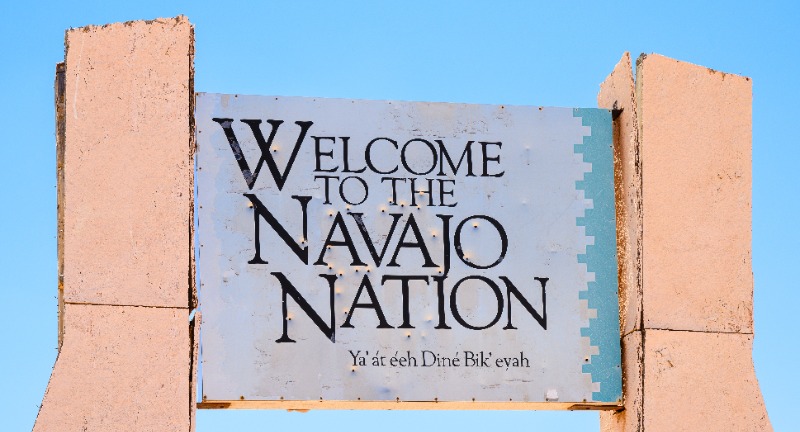
Shutterstock
Arizona is home to 22 federally recognized Native American tribes, including the Navajo Nation, the largest reservation in the United States. These tribes have contributed to Arizona’s cultural fabric with art, language, and traditions that date back thousands of years. Monument Valley, a sacred Navajo site, is one of the most photographed landscapes in the world. From festivals to crafts, Arizona’s Native heritage is a vital part of its identity.
Capital’s Name with Mythical Origins
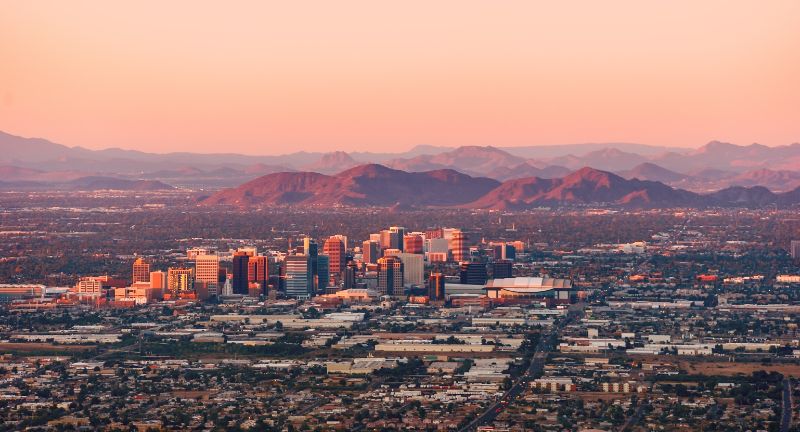
Shutterstock
Phoenix, the state’s capital, derives its name from the mythical bird that rises from its ashes, symbolizing rebirth. The city was so named because it rose from the ruins of the ancient Hohokam civilization, which thrived in the area over a thousand years ago. The Hohokam vanished mysteriously, but their sophisticated irrigation systems laid the foundation for modern Phoenix. The city’s name reflects its history of resilience and growth.
Ancient Irrigation Systems
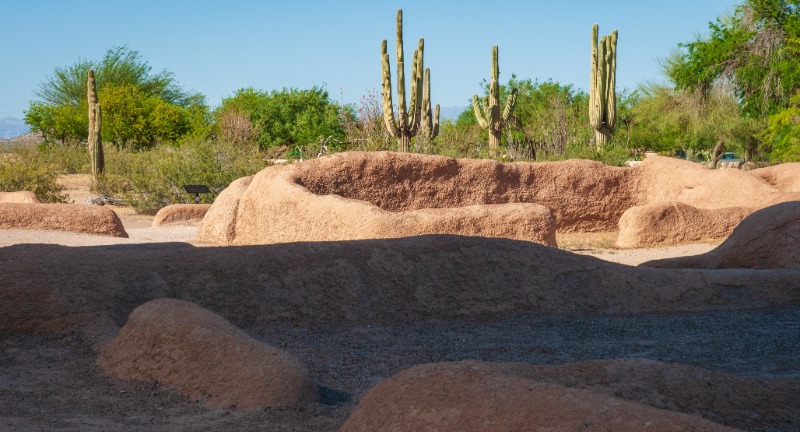
Shutterstock
The Hohokam people were master engineers, creating an intricate irrigation network that transformed the arid Sonoran Desert into fertile farmland. Their canals, some over ten miles long, supported thriving agricultural communities for centuries. These ancient systems are still partially in use today, integrated into Phoenix’s modern irrigation infrastructure. The ingenuity of the Hohokam highlights the deep history of human adaptation to Arizona’s harsh desert environment.
The London Bridge Relocation
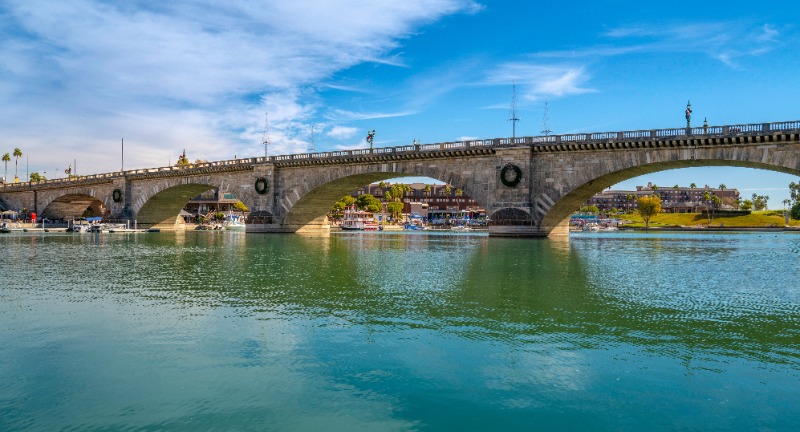
Shutterstock
In a feat of modern engineering and historical preservation, the original London Bridge was dismantled in 1968 and transported to Lake Havasu City, Arizona. This quirky attraction was the vision of Robert McCulloch, who purchased the bridge to attract tourists. Reassembled brick by brick, the bridge now spans a canal on Lake Havasu, blending British history with Arizona’s charm. It has become one of the state’s most visited landmarks.
Meteor Crater’s Remarkable Impact
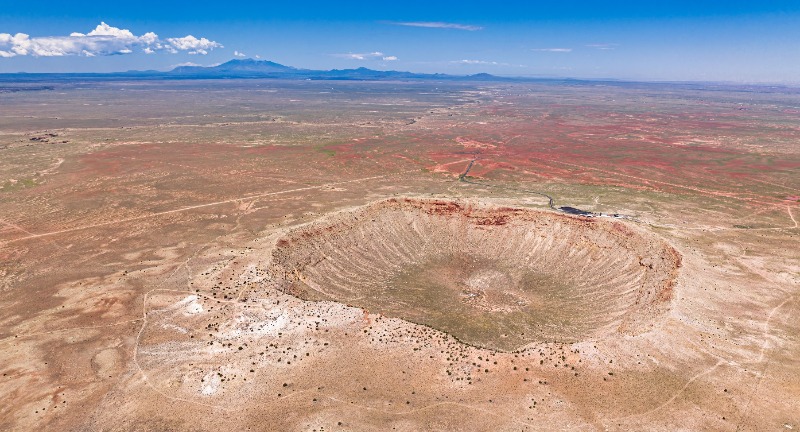
Shutterstock
The Barringer Meteor Crater near Winslow is one of Earth’s best-preserved meteorite impact sites, measuring nearly a mile wide. Formed approximately 50,000 years ago by a nickel-iron meteorite, the crater provides valuable scientific insights into planetary impacts. Visitors can explore its museum and learn about the forces that shaped the landscape. The site is a reminder of Earth’s dynamic and often violent history.
Arizona Was Once Part of Mexico
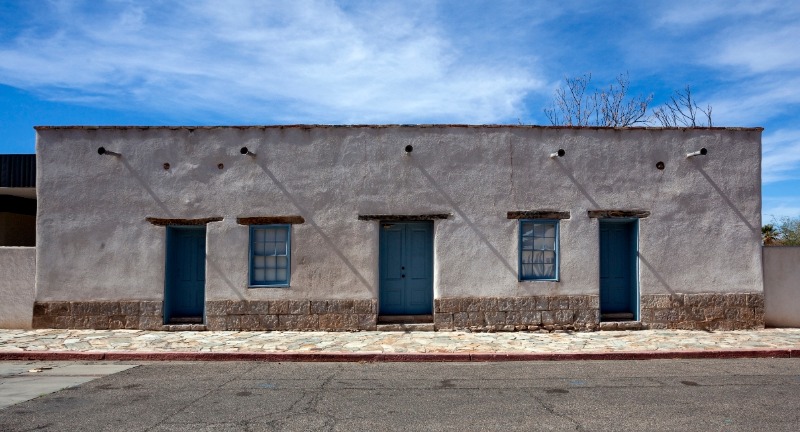
Shutterstock
Before becoming a U.S. territory in 1848, Arizona was part of Mexico under the terms of the Treaty of Córdoba. Its history reflects a blend of Native American, Mexican, and later American influences. The Gadsden Purchase of 1854 further solidified U.S. claims, establishing Arizona’s southern border. Today, this multicultural heritage is evident in the state’s architecture, cuisine, and traditions.
Largest Ponderosa Pine Forest
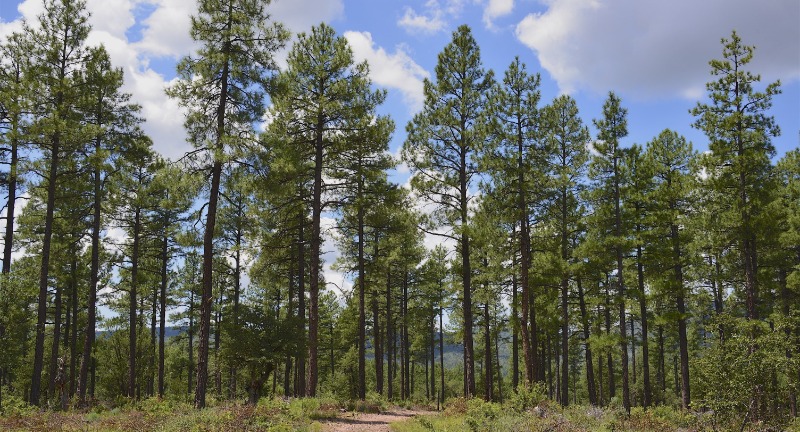
Shutterstock
Arizona’s high country is home to the largest contiguous ponderosa pine forest in the world, stretching across 2.4 million acres. This forest provides critical habitats for wildlife and serves as a vital watershed for the region. The towering pines also offer a cool escape from the desert heat, drawing outdoor enthusiasts year-round. This ecological treasure is a lesser-known facet of Arizona’s diverse landscapes.
The Saguaro’s Sacred Role
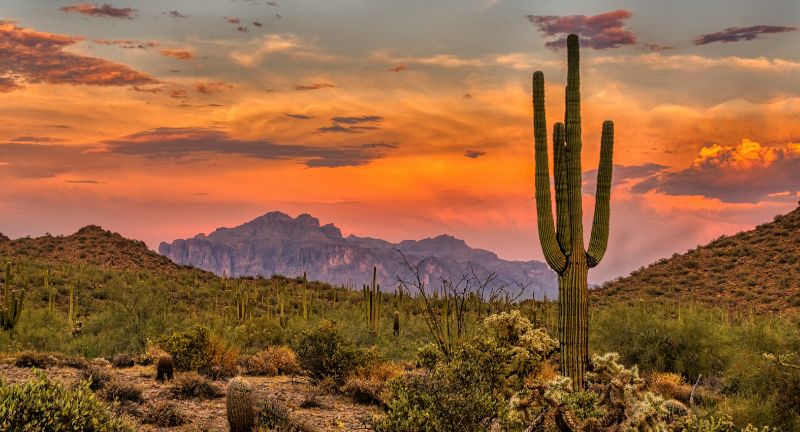
Shutterstock
The saguaro cactus, a symbol of the American Southwest, holds cultural and spiritual significance for many Native American tribes. These iconic plants can live for over 150 years, growing arms that stretch toward the sky. Protected by Arizona law, harming a saguaro carries severe penalties. They’re not just plants—they’re part of the state’s identity and natural heritage.
Route 66 Nostalgia
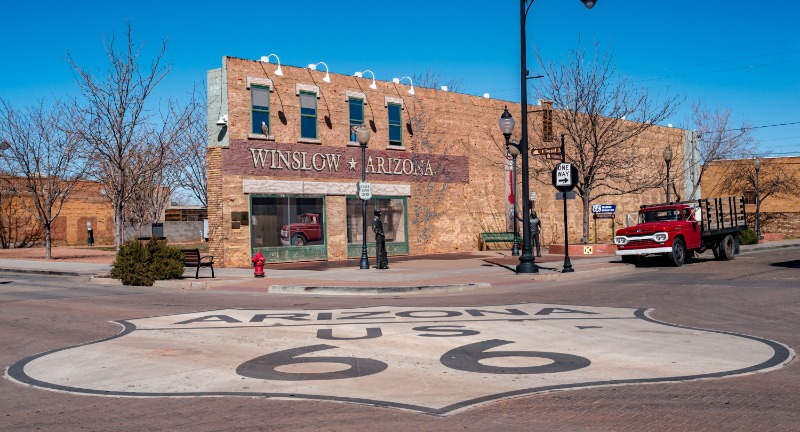
Shutterstock
Arizona boasts some of the best-preserved stretches of Route 66, America’s “Main Street.” This historic highway winds through picturesque desert towns like Kingman, Williams, and Winslow. Travelers can experience vintage diners, retro motels, and neon signs that evoke the golden age of road trips. Arizona’s Route 66 captures the spirit of Americana and the open road.
A Hotbed for UFO Sightings
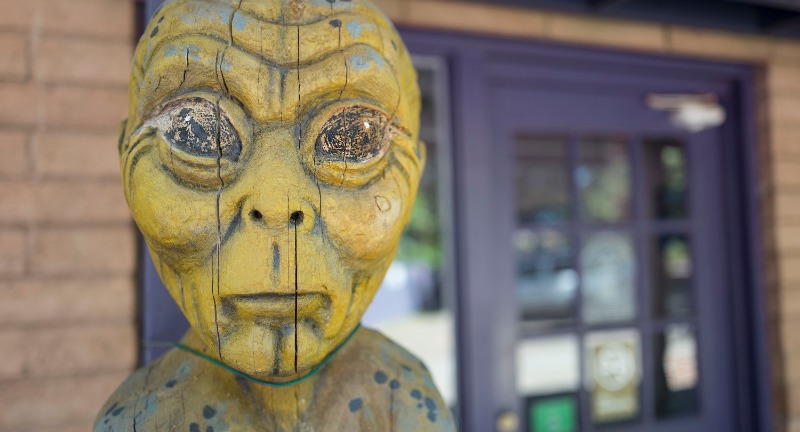
Shutterstock
Arizona has a long history of unexplained phenomena, most notably the “Phoenix Lights” incident in 1997. Thousands of residents reported seeing mysterious V-shaped lights moving silently across the sky. While the official explanation was military flares, many believe it was extraterrestrial activity. The event remains one of the most famous UFO sightings in modern history, drawing enthusiasts to Arizona even today.
Historic Mission Churches
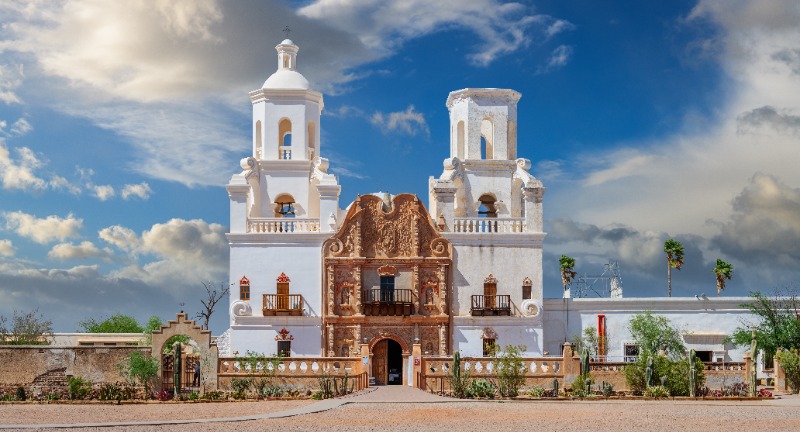
Shutterstock
San Xavier del Bac, located just outside Tucson, is an 18th-century Spanish mission often referred to as the “White Dove of the Desert.” Its striking white façade and intricate interior are masterpieces of colonial Spanish architecture. The mission continues to serve the Tohono O’odham Nation and remains a place of worship. Visitors from around the world come to admire its beauty and cultural significance.
The Copper Queen Mine
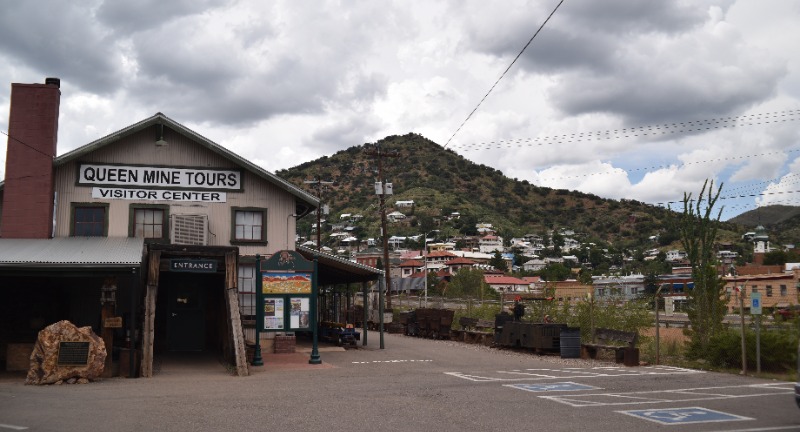
Shutterstock
The Copper Queen Mine in Bisbee was once the richest copper mine in the world, fueling Arizona’s economy for decades. Bisbee became a thriving mining town, but when the mine closed, it transformed into a vibrant artist community. Today, the mine offers guided tours, allowing visitors to step back in time and experience life underground. Bisbee’s eclectic mix of history and art makes it one of Arizona’s hidden gems.
Arizona Was a Confederate Territory
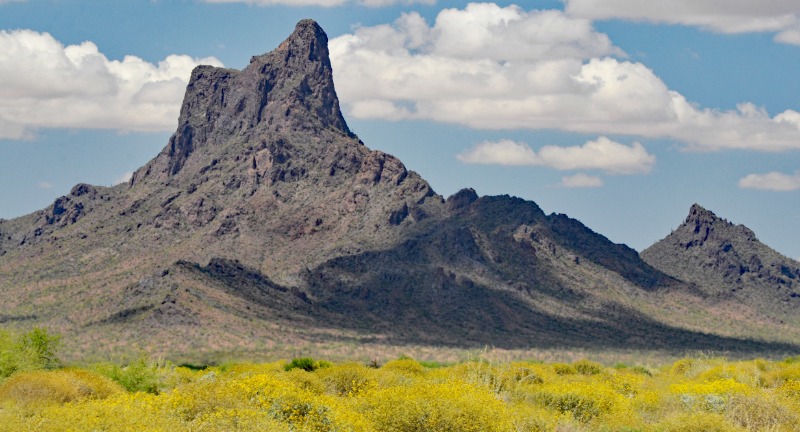
Shutterstock
During the Civil War, Arizona briefly aligned with the Confederacy, forming the Confederate Territory of Arizona in 1862. However, Union forces quickly regained control, and the territory became a key supply route for the Union Army. This period of Arizona’s history highlights its strategic importance during the conflict. While often overlooked, the Civil War left a lasting impact on the state’s development.
Yuma is Home to a Prison Ghost Town
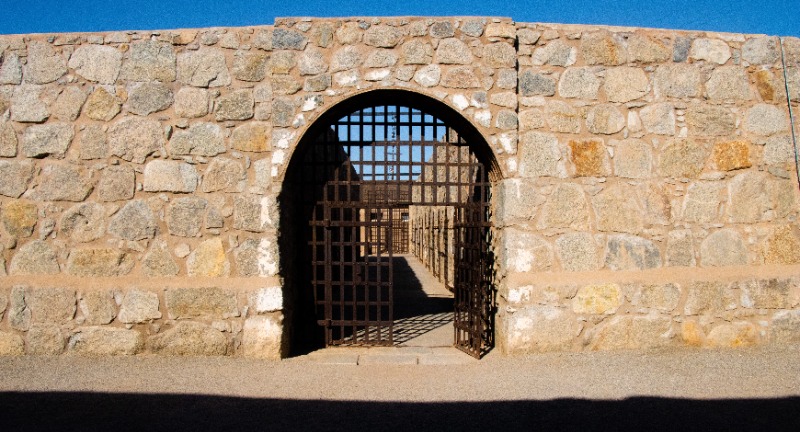
Shutterstock
The Yuma Territorial Prison, operational from 1876 to 1909, housed some of the Wild West’s most notorious outlaws. Life at the prison was harsh, and many inmates didn’t survive its grueling conditions. Today, the site is a museum where visitors can explore preserved cells and learn about the prison’s history. Rumors of ghostly sightings add an eerie charm to this fascinating landmark.
The Petrified Forest’s Prehistoric Wonder
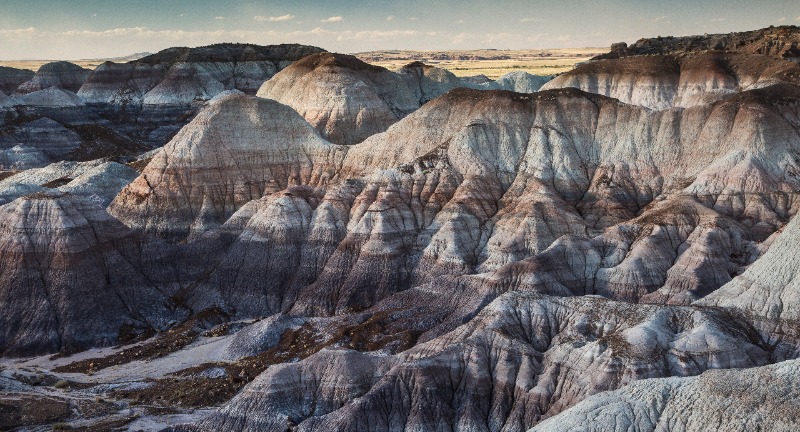
Shutterstock
The Petrified Forest National Park in northeastern Arizona is home to ancient trees that have turned to stone over millions of years. These colorful fossils date back to the Late Triassic period, making them over 200 million years old. The park also features striking badlands, archaeological sites, and remnants of prehistoric civilizations. It’s a surreal landscape where natural history meets geological marvel.
The First Solar-Powered City

Shutterstock
Tucson earned recognition as Arizona’s first city to heavily invest in solar power, leveraging the state’s abundant sunshine. Its solar initiatives include powering homes, businesses, and public infrastructure with renewable energy. This commitment to sustainability reflects a forward-thinking approach in a region defined by its arid climate. Tucson has set an example for other cities in adopting green energy solutions.
The Hidden Waterfalls of Havasupai
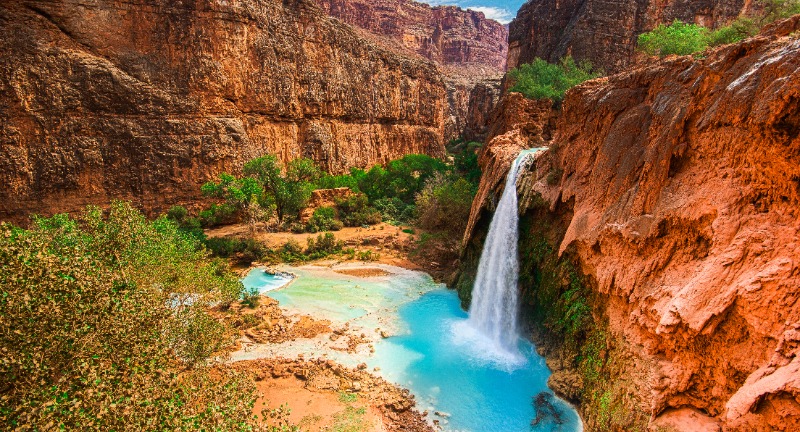
Shutterstock
Deep within the Grand Canyon lies the Havasupai Reservation, home to the breathtaking turquoise waterfalls of Havasu Creek. These waterfalls are renowned for their vivid blue-green waters, created by high concentrations of calcium carbonate. Accessible only by hiking, horseback, or helicopter, the site remains a secluded paradise. The Havasupai people protect this natural wonder, ensuring its preservation for future generations.
Conclusion
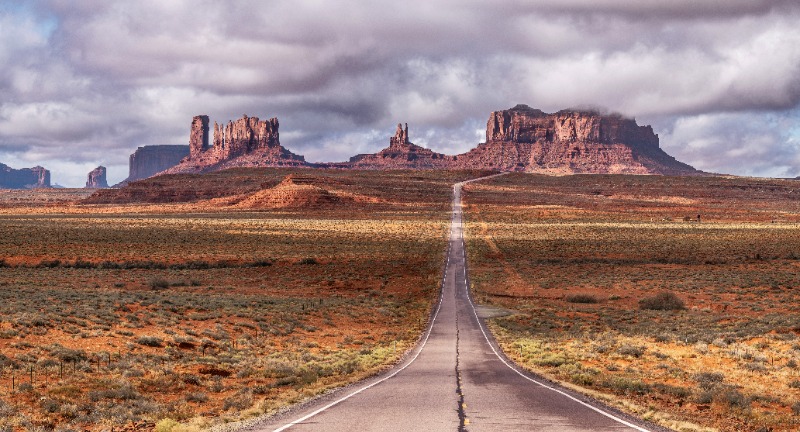
Shutterstock
Arizona’s history is as dynamic and diverse as its breathtaking landscapes, offering a fascinating glimpse into the past at every turn. From ancient civilizations and mysterious legends to pioneering achievements and cultural milestones, the state’s stories continue to inspire and intrigue. Whether you’re exploring its sun-soaked deserts or lush mountain forests, you’ll find echoes of the past woven into the fabric of everyday life. Arizona is more than just a destination; it’s a living chronicle of resilience, wonder, and enduring spirit.
More From Bon Voyaged
-


Amtrak Vacations is Offering a 10-Day Flash Sale
-


Snoopy is Heading to Space!
-


Apple Launching Offline Maps This Fall
-


United Airlines Giving 10% Discount to Young Adults
-


Buckingham Palace Announces King Charles III Coronation Date
-


Boyz II Men and Hanson Headed to EPCOT’s ‘Eat to…
-
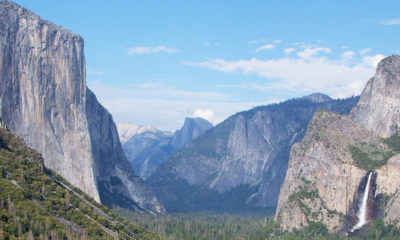

Make 2021 a Year to Visit the National Parks –…
-


TripAdvisor Announces Top Landmarks Worldwide
-


Venice to Become World’s First City to Charge Tourists to…
-


Palm Springs Set to Host World’s Largest LGBTQ+ Dance Party…
-


J.Lo and A-Rod Spotted on Romantic Bahamas Vacation
-
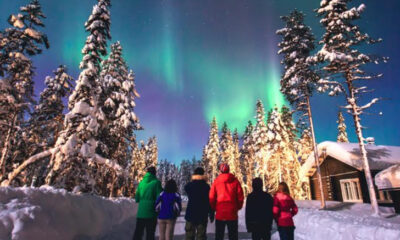

Finland Tops the List of Happiest Country in the World…

